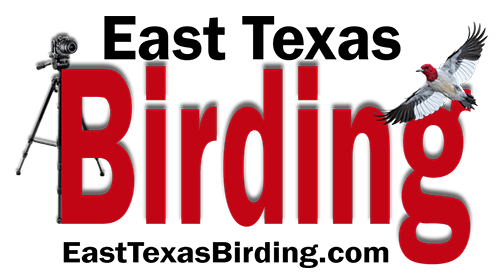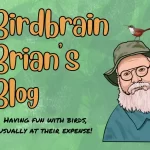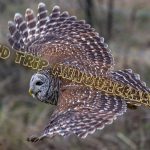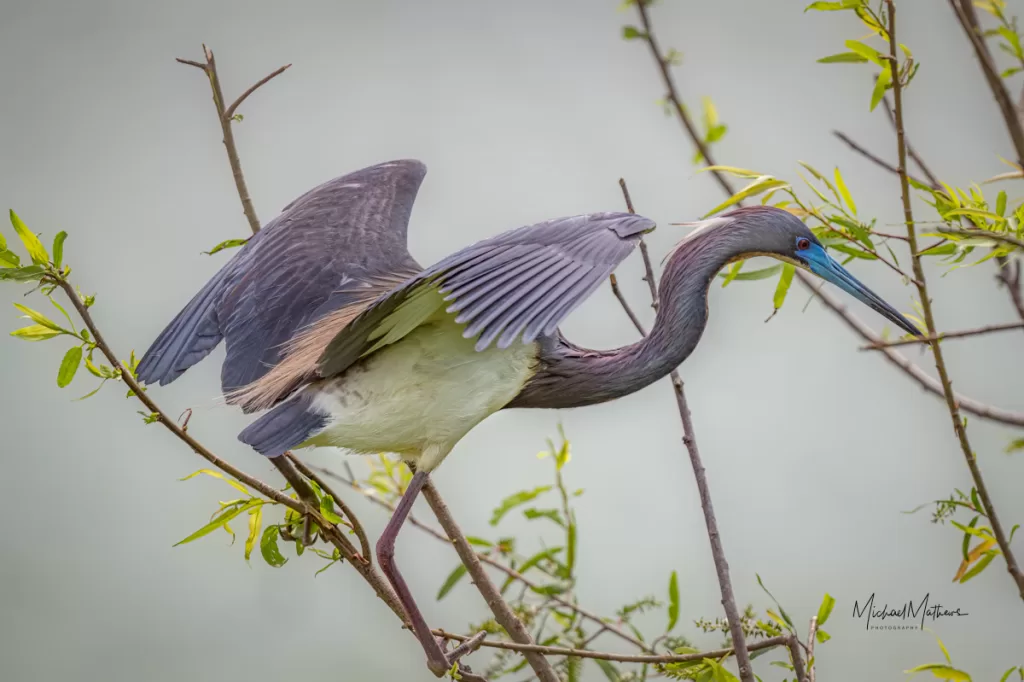Bird Migration Through Texas: A Spring Spectacle with Feathers, Fury, and Frequent Flyers
Texas isn’t just about cowboy hats and barbecue—every spring, it transforms into the busiest airport in North America, where millions of birds make pit stops on their epic journeys north. Positioned smack dab in the middle of the Central Flyway, Texas becomes a feathery freeway for winged travelers with one mission: survive, thrive, and make it to their summer homes.
If you’ve ever wanted front-row seats to one of nature’s greatest aerial performances, grab your binoculars and a good hat (trust me, birds don’t always respect personal space), and let’s dive into this springtime spectacle!
1. The Central Flyway: Texas, The Bird Superhighway
Think of Texas as the ultimate roadside diner for birds migrating between South America and the Arctic. With its diverse habitats—coastal marshes, prairies, forests, and wetlands—Texas offers birds a chance to rest, refuel, and avoid becoming someone’s lunch.
Who’s Passing Through?
- Warblers (tiny, colorful speedsters)
- Hawks (majestic, slightly terrifying aerial acrobats)
- Hummingbirds (tiny warriors with the heart of a lion)
- Shorebirds (long-legged wanderers who could moonlight as runway models)
2. Best Locations to Witness the Feathery Frenzy
1. High Island – The Vegas Strip of bird migration. If you love warblers, orioles, and thrushes, this tiny town on the Gulf Coast is your jackpot. High Island’s oak motte woodlands provide exhausted birds the perfect crash pad after flying non-stop over the Gulf of Mexico.
2. Aransas National Wildlife Refuge – Home to the endangered Whooping Crane, this coastal refuge is prime real estate for shorebirds, herons, and egrets. Bring your camera—you’ll want proof that you saw the tallest bird in North America strutting like it owns the place (because, well, it kind of does).
3. South Padre Island Birding and Nature Center – Migration mixed with beach vibes? Yes, please. Warblers, tanagers, and raptors refuel here, and you can watch them from beautiful boardwalks while enjoying Gulf breezes.
4. Balcones Canyonlands National Wildlife Refuge – If you’re into rugged landscapes and elusive songbirds, this spot near Austin is a must-visit. Look out for the endangered Golden-cheeked Warbler, a bird so picky it only nests in Texas.
5. Bentsen-Rio Grande Valley State Park – A literal birding paradise near the Mexican border, featuring Green Jays, Hook-billed Kites, and an international guest list of species that prefer the Texas heat.
6. Smith Oaks Sanctuary – Another gem in High Island, featuring the famous Rookery, where Roseate Spoonbills and egrets put on a nesting drama worthy of reality TV.
3. Migration Timelines: When to Set Your Alarm
- Early Birds (March–April): American Golden-Plovers and Purple Martins start the party.
- Peak Travelers (April–May): Black-throated Green Warblers and a Sandpiper army flood Texas skies.
- Late Arrivals (May): Olive-sided Flycatchers and the last wave of shorebirds straggle in like travelers with too many layovers.
4. It’s a Tough Flight: Challenges These Birds Face
- Miles and Miles of Flapping: Imagine running a marathon without water or snacks. That’s migration for birds.
- Real Estate Problems: Wetlands and forests are vanishing, making layovers harder to find.
- Deadly City Lights: Nocturnal travelers often get disoriented and crash into buildings. (Hint: You can help!)
5. Tech Tools for Tracking Migration (Because We Love Gadgets)
- BirdCast Migration Dashboard – Get real-time updates on when the biggest bird waves are passing through.
- Live Migration Maps – Watch how weather patterns influence bird movement and plan your birdwatching accordingly.
6. How to Be a Hero for Migrating Birds
- Dim the Lights: Support “Lights Out Texas” to help birds navigate safely at night.
- Save Their Pit Stops: Wetlands and forests aren’t just scenic; they’re lifelines for birds.
- Bird-Friendly Yards: Plant native plants, set up birdbaths, and avoid using pesticides.
- Join the Fun: Events like the Great Texas Birding Classic let you turn birdwatching into a competition—because who doesn’t love bragging rights?
- Be a Policy Advocate: Support laws that protect critical bird habitats. Yes, tweeting about it counts!
Conclusion: The Sky’s the Limit
Spring migration in Texas is a front-row ticket to one of nature’s greatest shows. Whether you’re a seasoned birder or just enjoy watching birds from your backyard, there’s something magical about seeing these resilient travelers take to the skies.
So, grab your gear, pick a prime birding location, and witness this incredible journey firsthand. And if you happen to spot a tiny warbler looking completely exhausted, just know that it probably flew hundreds of miles to get there—so maybe give it a little encouragement before it takes off again.
Happy birding!









Related Posts
Don’t Call Me a Birdwatcher! A Birder’s Guide to the Ultimate Identity Crisis
Why Every Birder Should Use eBird: 8 Reasons It is a Game-Changer!
Where the Birds Sing: Birding Adventures From Scenic View on Lone Star Lake
East Texas Birding Trips